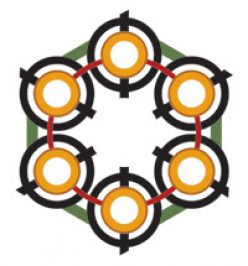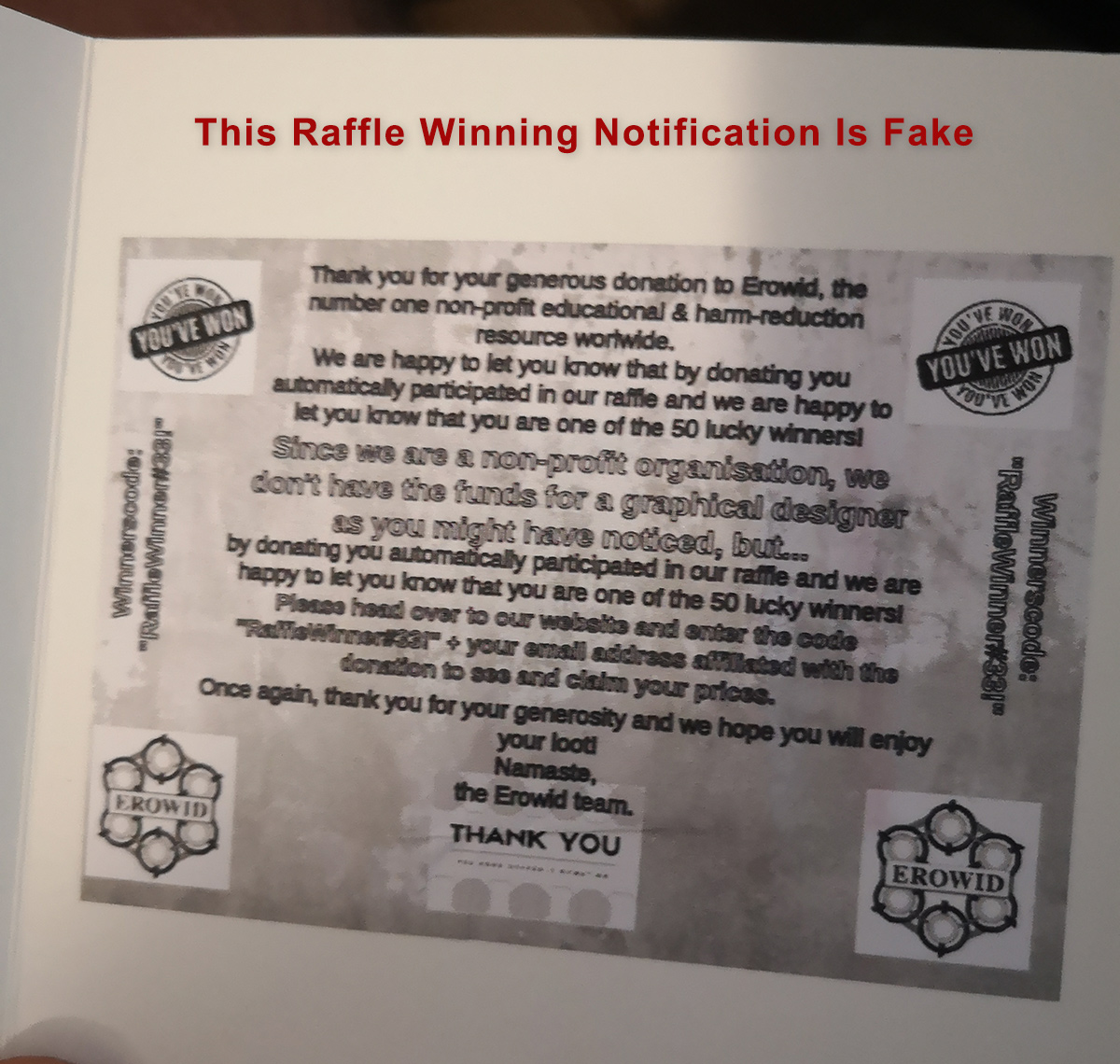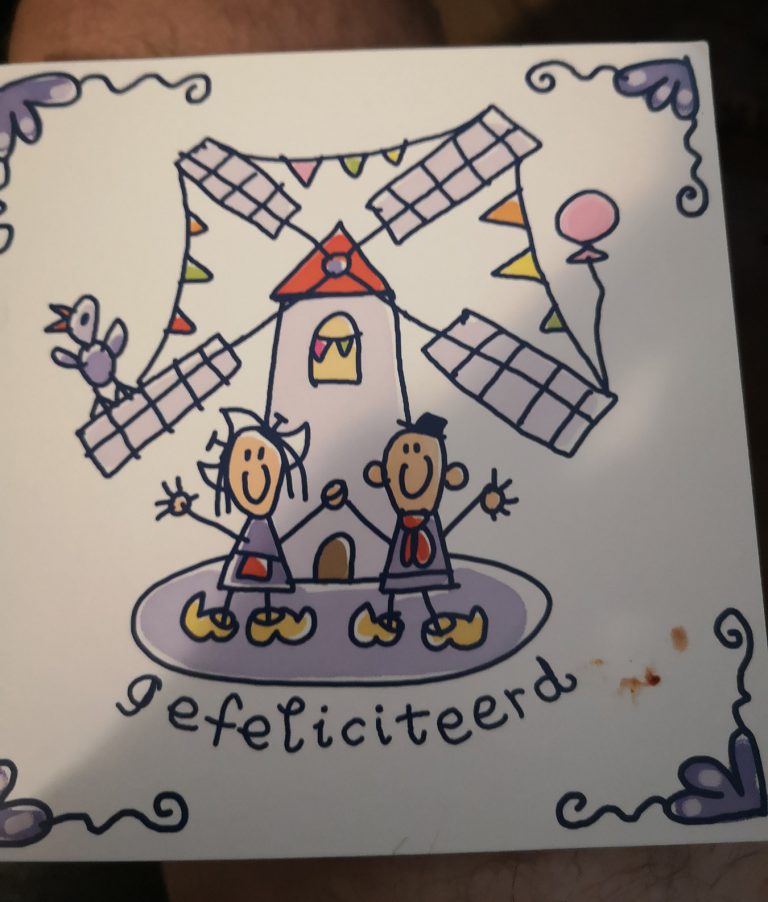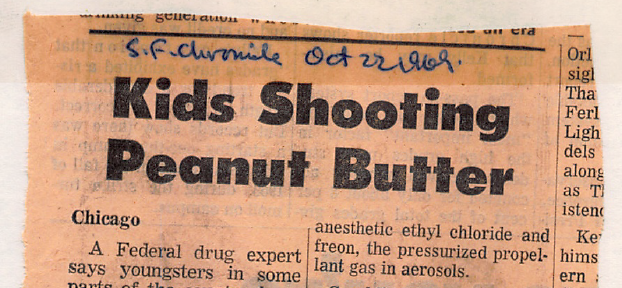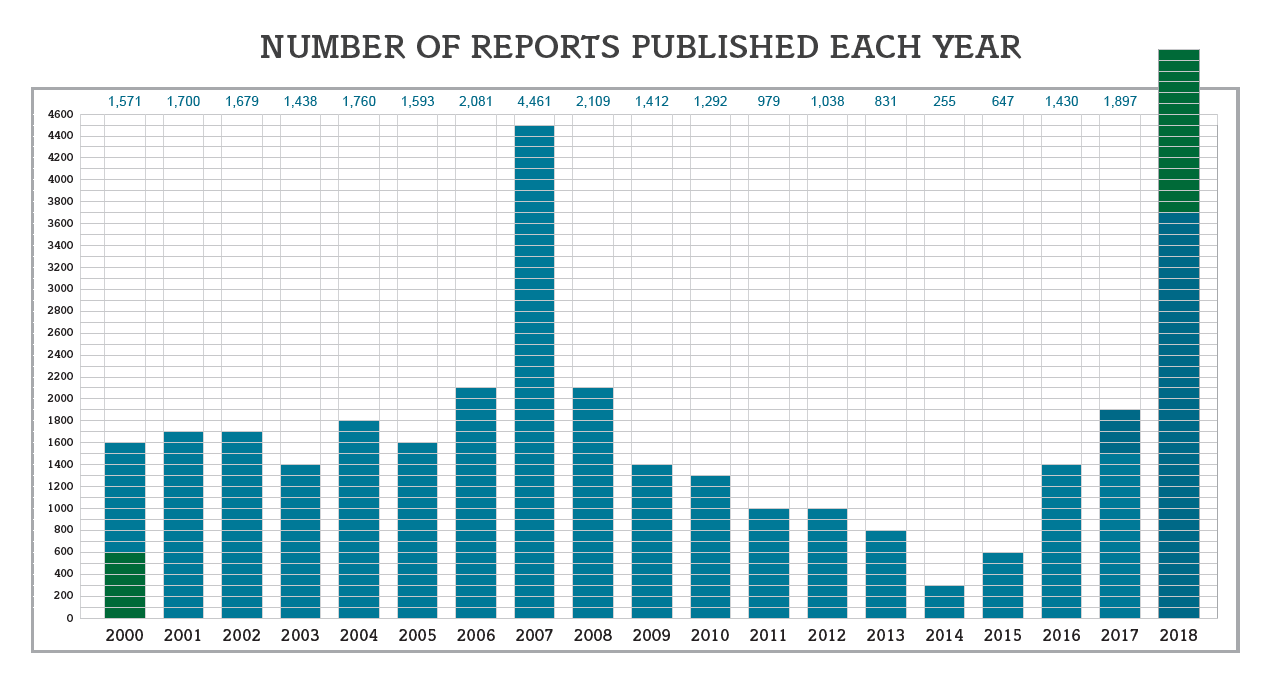Erowid’s DrugsData project recently tested two samples of 5-MeO-DMT that both contained an unidentified chemical. The first was dd10559, published Jun 08, 2021 and the second was dd10808, published July 19, 2021. Both samples were sold as 5-MeO-DMT and were reportedly sourced from the Netherlands to California. The unidentified chemical in the two samples appeared to be the same substance.
In June, one of our EEN experts (Eddee) proposed a possible identification for the chemical in the first sample, and we began consulting others in our network. Once we received the second sample, with apparently the same unidentified chemical, an outside expert weighed in with a slightly different proposed identification. We examined these more closely and with Eddee’s help, we think we’ve finalized our current opinion on the identity of the chemical dd10559-unid1 and dd10808-unid1:
6-methoxy-2-methyl-2,3,4,9-tetrahydro-1H-pyrido[3,4-b]indole
This chemical is likely an unwanted byproduct resulting from imperfect synthesis of 5-MeO-DMT. Borax, one of Erowid’s main chemistry experts, proposed the name “N-methyl-Pinoline”, and Eddee proposed “N-methyl-5-Methoxytryptoline”.
Another expert pointed out that PubChem’s synonym list for this chemical includes 2-Methyl-6-methoxy-1,2,3,4-tetrahydro-beta-carboline (CAS# 6582-80-5), and cites the Japan Chemical Substance Dictionary for the CAS#. Isomer Design, a longtime supporter of the DrugsData project, refers to it as 6-MeO-2-Me-THβC.
We do not believe it has any common trivial name, and are currently settling on the name “N-methyl-Pinoline”. Its structure:

There were no published GC/MS graphs for this chemical. The identification is based on analysis of the fragmentation pattern, and on a 2020 paper, Synthesis and Characterization of 5‑MeO-DMT Succinate for Clinical Use, by Sherwood et al. Because of this paper, we originally considered calling this chemical “5-MeO-DMT Synthesis Byproduct A”, to parallel names given to unwanted synthesis products in other drugs.
The other proposed identification was the very similar compound 2,3,4,5-Tetrahydro-8-methoxy-2-methyl-1H-pyrido[4,3-b]indole (CAS# 41505-84-4).
The two proposed identified chemical structures have the same number of elements and chemical formula: C13 H16 N2 O ( C13H16N2O ). The only difference is which order the carbons are coming off the indole ring relative to the amine nitrogen.
This very technical image shows a comparison of the two chemicals, with our proposed ID in the upper panel and CAS 41505-84-4 in the bottom:

Now look again at the drawing of our identification and note the red line showing the bond between the indole ring and the methyl (carbon) coming off the nitrogen.

Finally, take a look at the structure of 5-MeO-DMT:

Imagine that the red line in the structure of N-methyl-Pinoline was broken where it connects to main rings. That substance, with that connection free, is 5-MeO-DMT. 5-MeO-DMT just happens to also have the same chemical formula: C13H18N2O.
Quoting from the Sherwood et al. 2020 paper: “Several small-scale attempts were initially evaluated with reaction monitoring by liquid chromatography-mass spectrometry (LCMS). Though product formation was evident, the reaction was plagued by challenges that would likely multiply at larger scales. The Pictet−Spengler reaction to the corresponding tryptoline (8) was difficult to suppress and removal of this structurally similar and possibly biologically active byproduct was challenging. Further optimization to Route 1 may be possible, but ultimately, the reaction was not recommended for further development.”
Their Scheme 1 Graphic shows what they label the “intractable byproduct”, which is the chemical we are proposing as the identification of the impurity in these two 5-MeO-DMT samples.
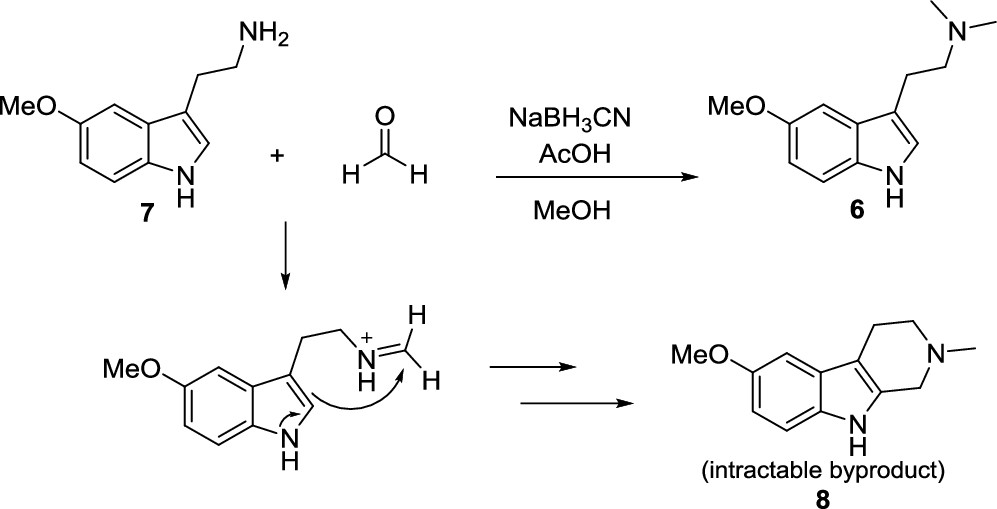
Thanks to everyone who participated in this: the submitter of the samples, Eddee, our anonymous experts, Borax, Sylvia, and the authors Sherwood AM, Claveau R, Lancelotta R, Kaylo KW, and Lenoch K for their excellent 2020 paper, which nailed down the reason for this unwanted contaminant in these synthetic 5-MeO-DMT samples.
